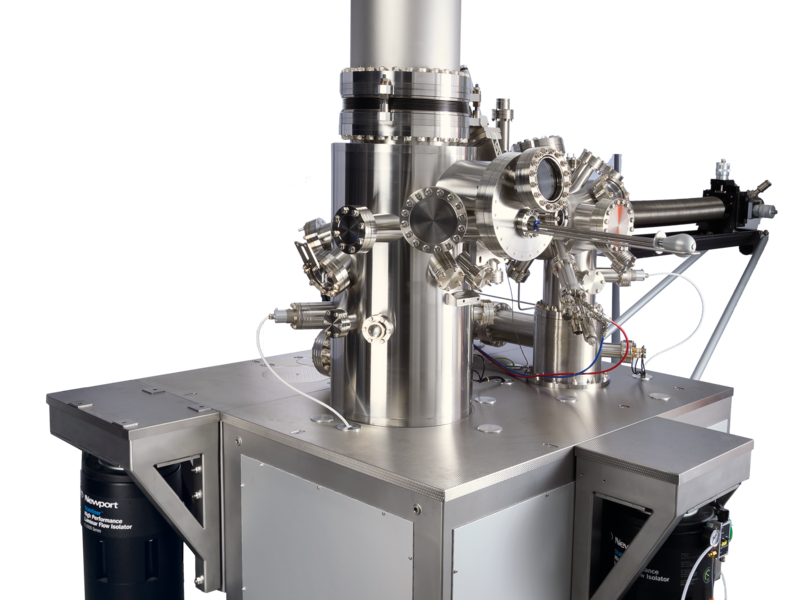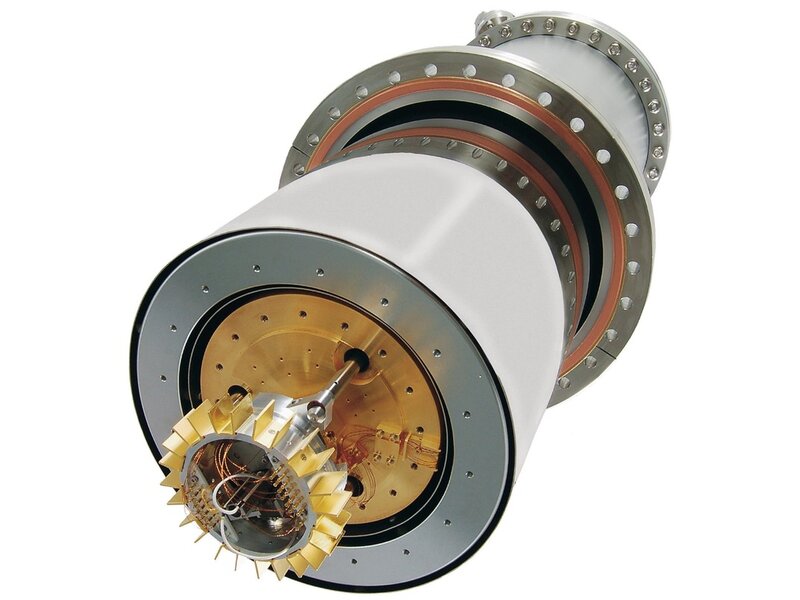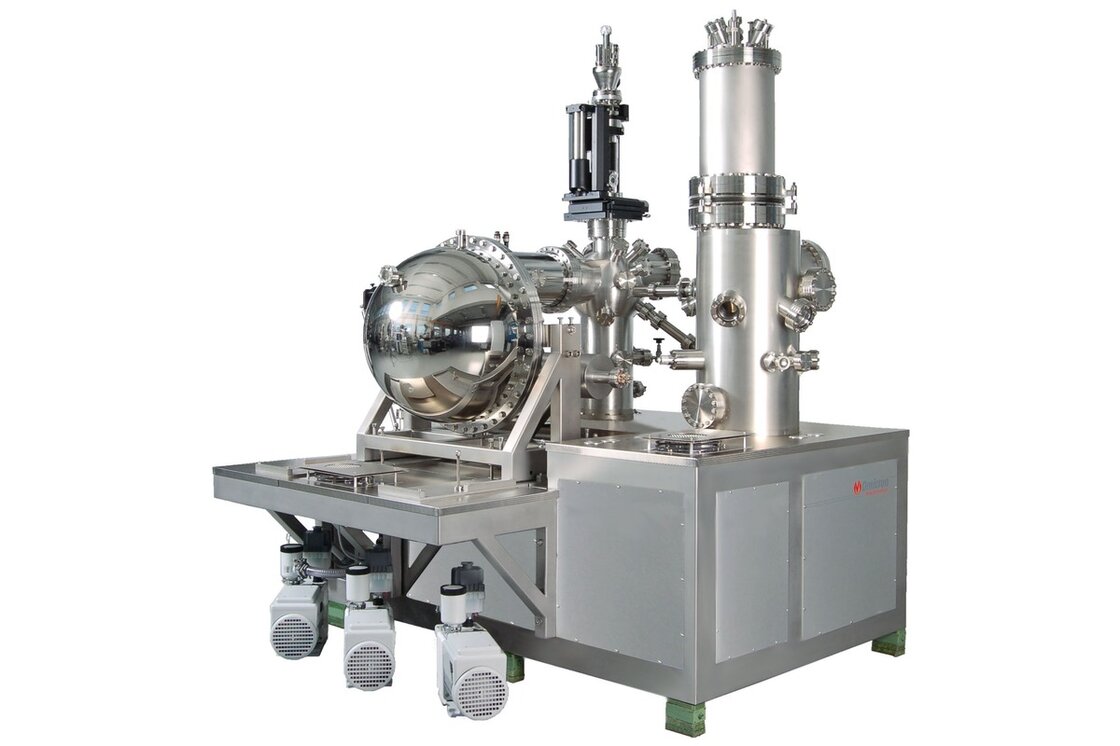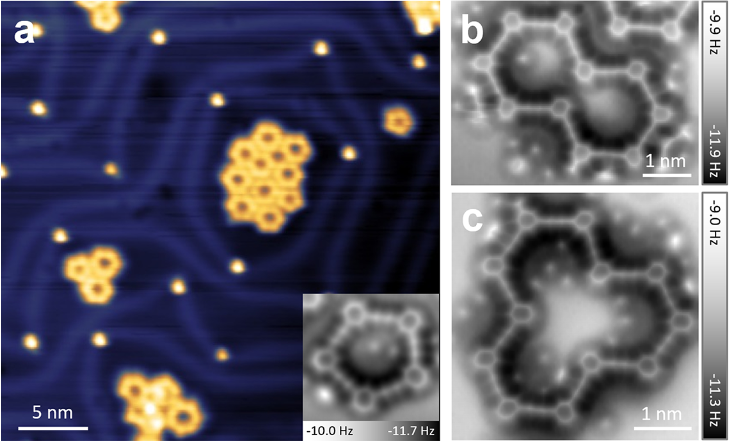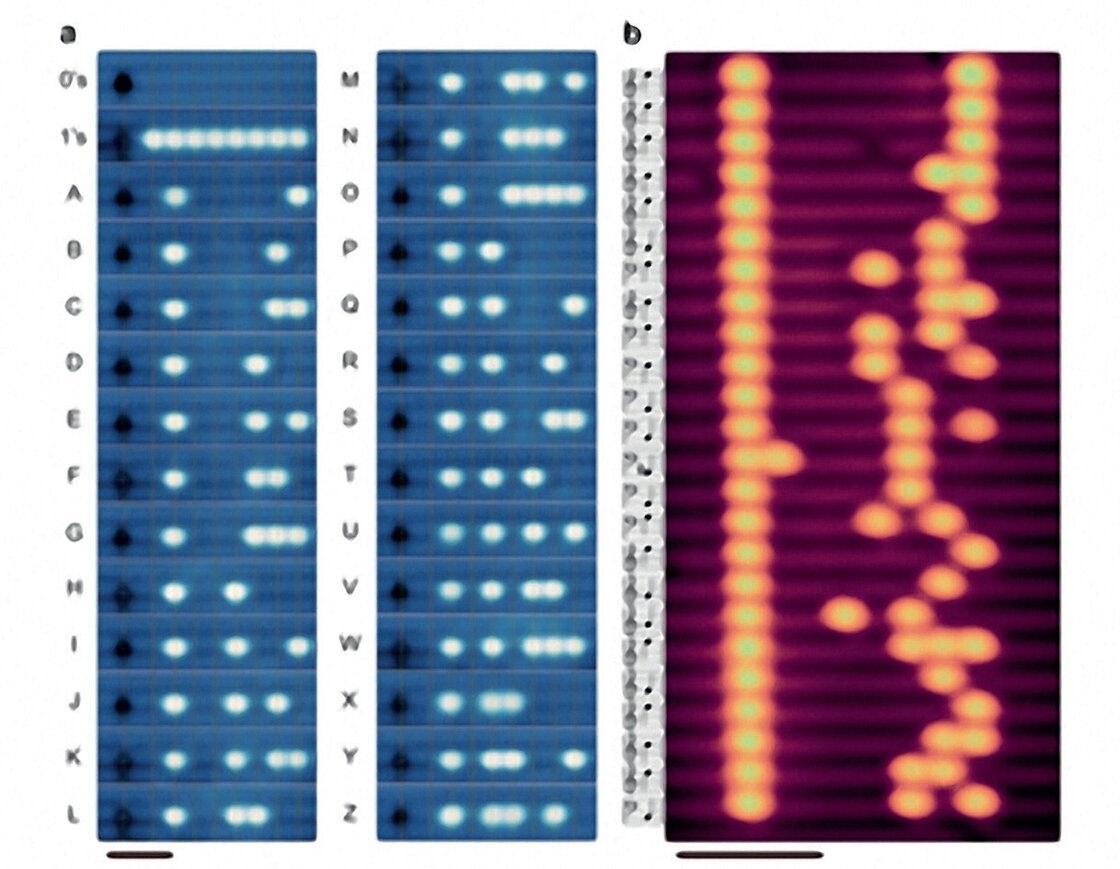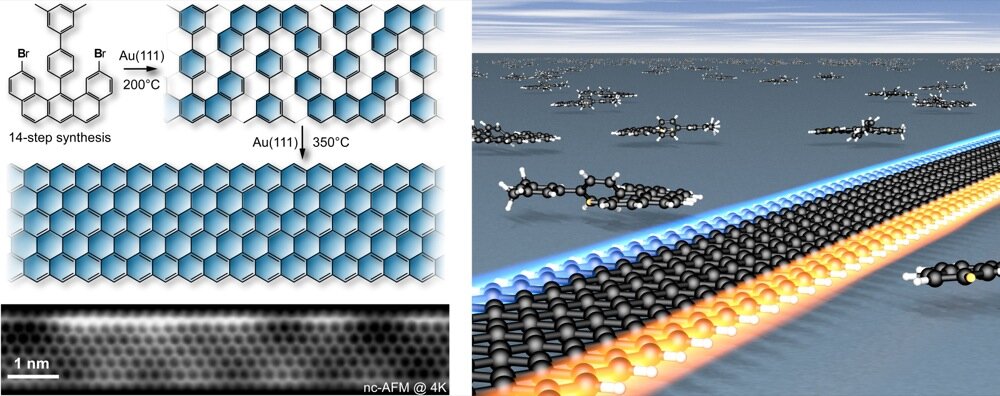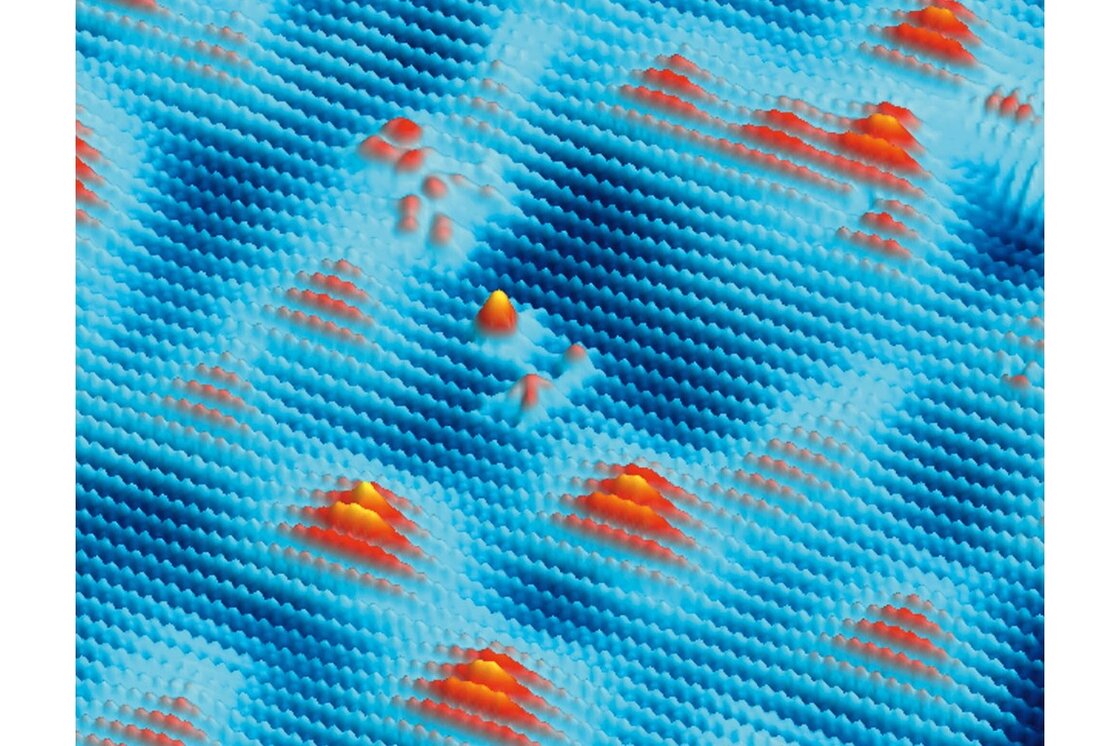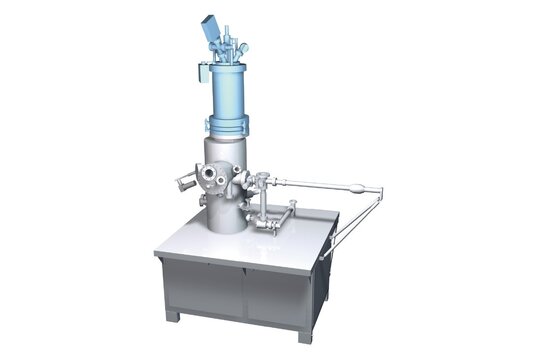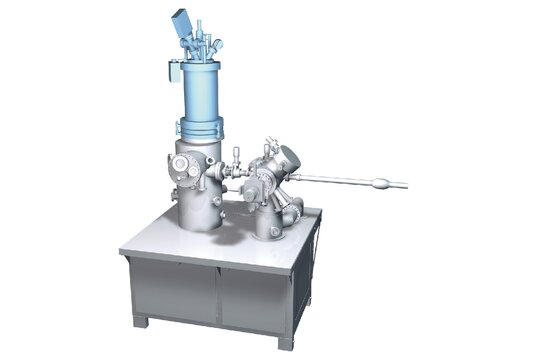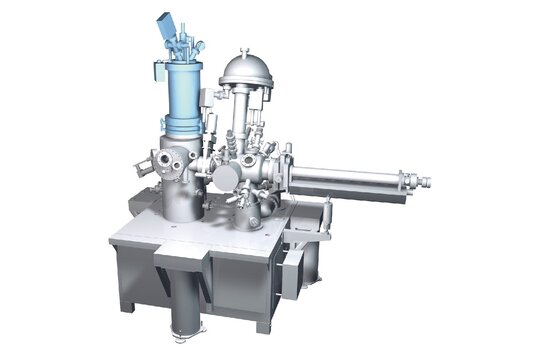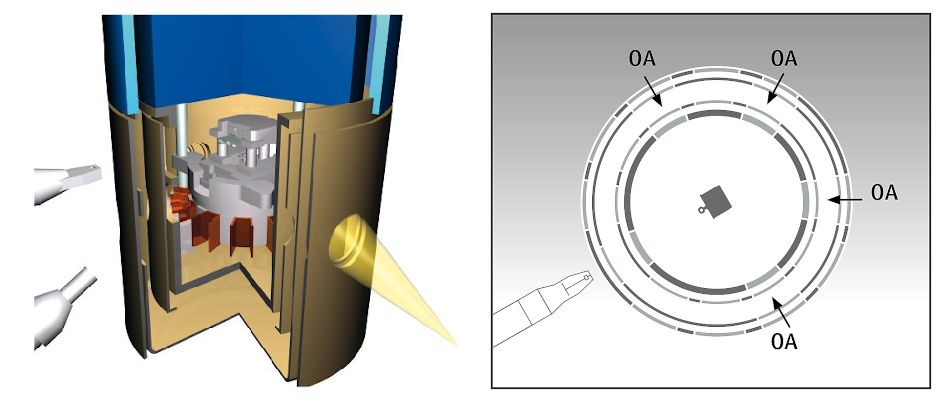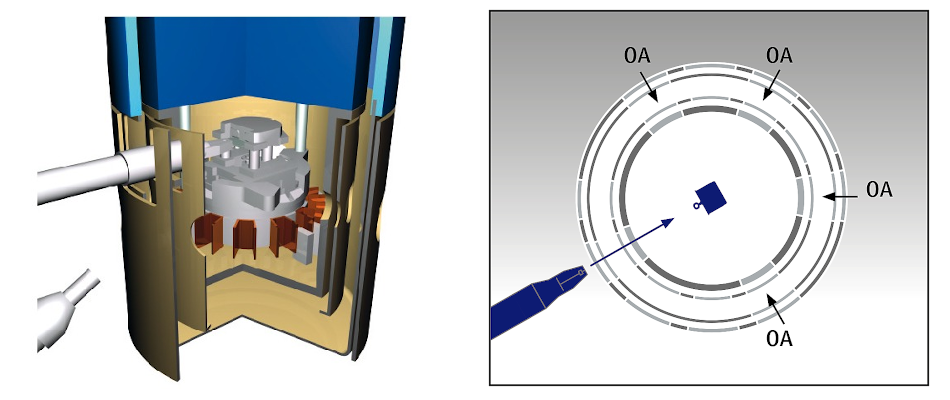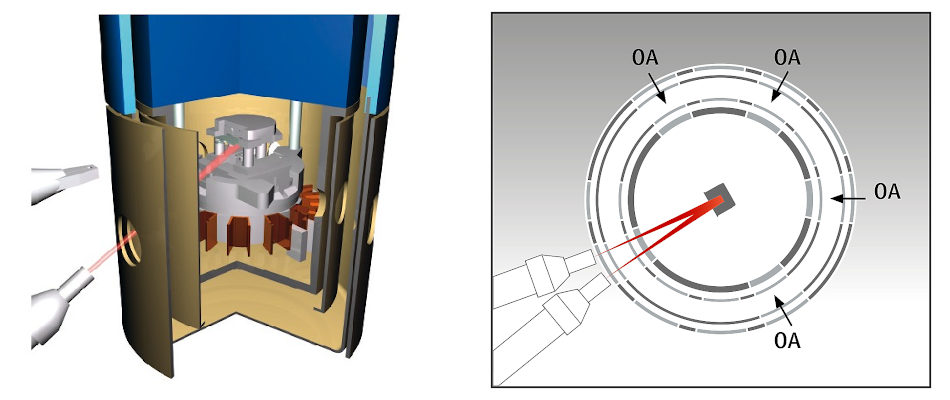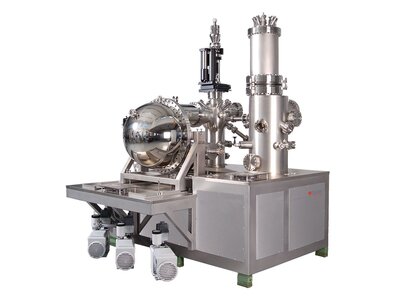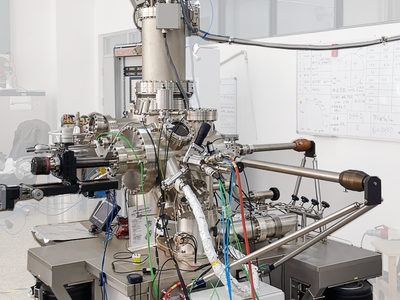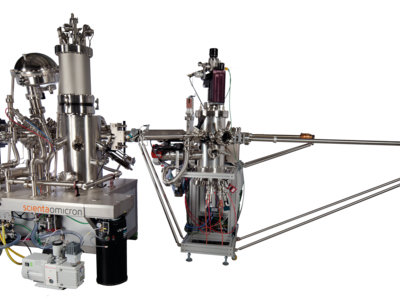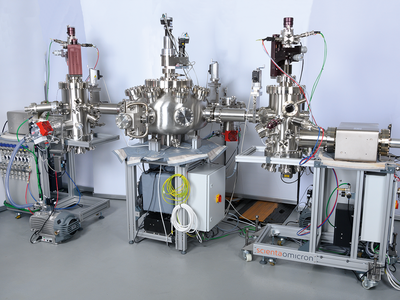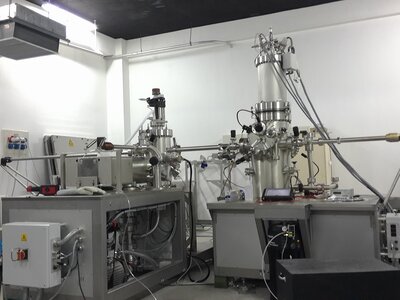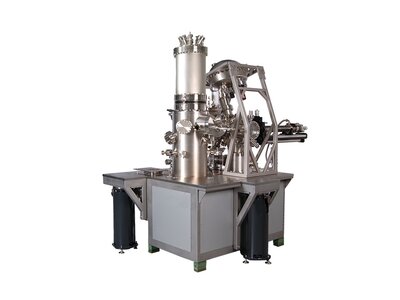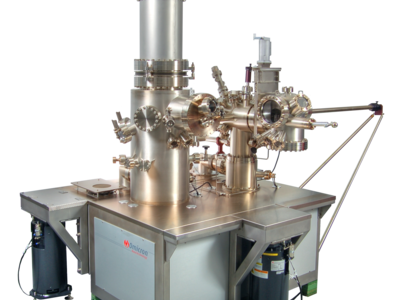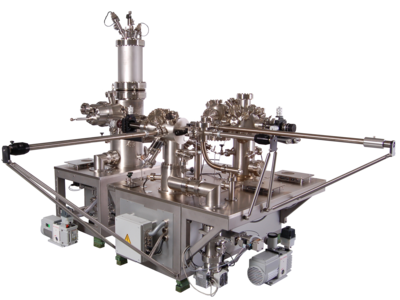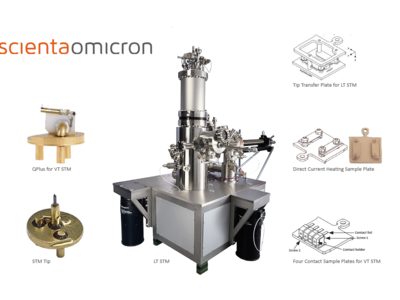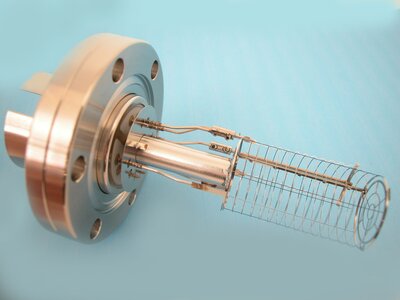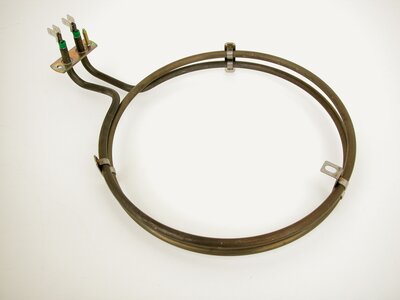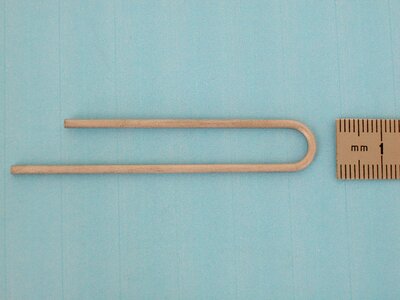LT STM Lab
Ultimate SPM Performance below 5 K
SPM LT SPM STM STS LT STM SP-STM SP-STS IETS BEEM TERS HDL Manipulation Nanolithography AFM nc-AFM QPlus AFM
- Increased hold time to > 65h at same performance level
- Leading QPlus® AFM technology
- Outstanding spectroscopy resolution
- 3D movable lens for optical experiments
- Record proven platform since 1996 with more than 200 devices installed
Since its introduction in 1996, Scienta Omicron´s Low Temperature Scanning Tunneling Microscopy (LT STM) has set the standard for stability, performance and productivity for 4LHe bath cryostat STMs. It is a high quality all-round SPM delivering broad scientific output and ground-breaking results. Its base is an ultra-stable platform offering a large range of operation modes including STM, QPlus® AFM, STS, IETS, force spectroscopy, optical experiments and atom manipulation.
More than 20 years after presenting the LT STM, the importance of low temperature SPM techniques in a wide range of active scientific fields is still unbroken.
Deep understanding of individual molecules and their chemistry, interaction with light, manufacturing of atomic scale device, 2D materials, superconductors, semiconductors, gases on metals, and magnetics are only a few examples where research takes great advantage of low temperature SPM. Within all these areas more publications have been produced with our LT STM than with all other commercial low temperature SPMs combined.
“QPlus® is a registered trademark of Professor Franz J. Giessibl, Regensburg, Germany”
More Information
The Third Generation of the LT STM
A key feature of the third generation LT STM is a 30 % increase in liquid helium hold time. This is of great advantage for all low temperature experiments, reducing operating costs and providing users more flexibility. The new cryostat design enables long-term spectroscopy experiments without any compromise to the stability the LT STM has always delivered.
Additionally, completely new state of the art wiring and connections have been designed throughout the system. The LT STM III now supports high frequency lines for tip and sample to enable time resolved STM experiments in the GHz range.
Further, the ultimate energy resolution for spectroscopy has been improved to < 1 meV, ideal for work with superconducting materials. When combined with the MATRIX 4 controller and its new, high performance PLL, performing QPlus® AFM experiments in the LT STM will be easier and more powerful than any other QPlus® AFM platform.
This third generation of the LT STM enables our customers to carry out the most advanced low temperature STM, spectroscopy and QPlus® AFM experiments. And like its previous iterations, the ease-of-use, stability and proven reliability in the LT STM ensure a high productivity, workhorse microscope.
UHV System Variants
The MULTIPROBE LT UHV systems are dedicated turn-key surface science systems for the low temperature UHV STM. Three standard MULTIPROBE LT configurations are available – S, XP and XA.
Each standard system can be used as a base to match the customer’s special requirements. The LT S represents the basic system configuration with the LT STM main chamber and an easy to operate fast entry chamber. Transferring samples and probe tips is made quick and reliable using a UHV wobble stick.
Scienta Omicron UHV systems are optimized for high throughput, reliable and secure operations. The wobble stick based transfer in the LT STM microscope enables for fast sample exchange (< 30 s) with the sample either cooled or at room temperature.
MULTIPROBE LT XA
Optical Access & in-situ Evaporation
The LT STM has the capability for simultaneous evaporation by two evaporators during STM operation. With the sample facing down, deposition of materials from below becomes possible.
In addition, the large Z-coarse range of 10 mm for tip positioning allows for removal of the tip from the evaporation zone. The easy to operate thermal shield compartment consists of two shield pairs for LHe and LN2 shielding, respectively. To minimise heat impact, the shield concept provides three wobble stick selectable configurations:
- SPM operation with Tmin < 5 K;
- evaporation port open and sample/sensor exchange port closed; and
- sample/sensor exchange port open and evaporation port closed.
The four optical ports remain permanently open, while exchangeable IR-blocked quartz windows prevent heat impact.
Results

Anti-Kasha Emissions of Single Molecules in a Plasmonic Nanocavity
Kasha's rule generally holds true for solid-state molecular systems, where the rates of internal conversion and vibrational relaxation are sufficiently higher than the luminescence rate. In contrast, in systems where plasmons and...
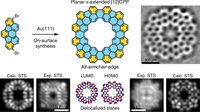
Planar π-Extended Cycloparaphenylenes Featuring an All-Armchair Edge Topology
The [n]cycloparaphenylenes ([n]CPPs)—n para-linked phenylenes that form a closed-loop—have attracted substantial attention due to their unique cyclic structure and highly effective para-conjugation leading to a myriad of fascinating...
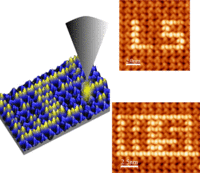
Voltage-Induced Bistability of Single Spin-Crossover Molecules in a Two-Dimensional Monolayer
Bistable spin-crossover molecules are particularly interesting for the development of innovative electronic and spintronic devices as they present two spin states that can be controlled by external stimuli. In this paper, we report...
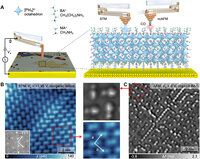
Sub-Angstrom Noninvasive Imaging of Atomic Arrangement in 2D Hybrid Perovskites
Noninvasive imaging of the atomic arrangement in two-dimensional (2D) Ruddlesden-Popper hybrid perovskites (RPPs) is challenging because of the insulating nature and softness of the organic layers. Here, we demonstrate a sub-angstrom...
Reference Systems
Downloads
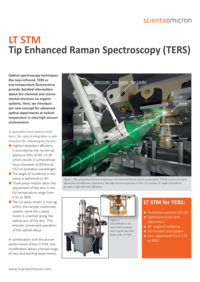
LT STM TERS
TERS - our new concept for advanced optical experiments at helium temperature in ultra-high vacuum environment.
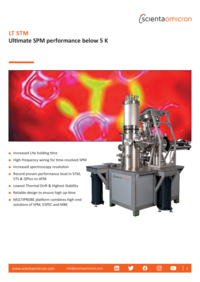
LT STM III: Ultimate SPM Performance Below 5 K
Since its introduction in 1996, Scienta Omicron´s Low Temperature STM has set the standard for stability, performance and productivity for 4LHe bath cryostat STMs. It is a high quality allrounder SPM delivering broad scientific output and regularly groundbreaking results employing usually more than one technique. Its base is an ultra-stable platform offering a large range of operation modes including STM, QPlus AFM, STS, IETS, force spectroscopy, optical experiments and atom manipulation. Scienta Omicron´s LT STM Qplus AFM imaging of “on-surface chemistry”, atom manipulation, carbon, superconductors, semiconductors, gases on metals, and magnetics are only a few examples where research takes great advantage of low temperature SPM.

MATRIX 4: The SPM Controller Evolution
The MATRIX 4 Control System builds on 30 years of experience in SPM technology and unlocks the full capacity of our leading-edge Scanning Probe Microscopes. The key features include intuitive and flexible experiment control; best-in-class noise floor; full 64-bit software; and modular upgrade paths.
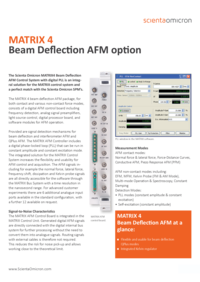
MATRIX 4: Beam Deflection AFM Option
The Scienta Omicron MATRIX 4 Beam Deflection and Plus AFM Control System with digital PLL is an integral solution for the MATRIX control system and a perfect match with the Scienta Omicron SPMs. Includes sensor alignment & control, light source control, resonance/phase curve acquisition, amplitude channel, automatic phase adjustment and more. Processor board with an integrated Kelvin regulator.
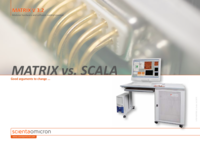
MATRIX vs. SCALA: MATRIX V 3.2
The advantages of the MATRIX Control System over its predecessor SCALA are: easier to use due to a self-explanatory graphical user interface (GUI); improved signal to noise level; a digital scan generator with no electronic drift; a digital regulator with more functionalities and flexibility; more measurement channels; improved AFM control with a new digital PLL controller; automated drift correction by image correlation technique; extended scripting and remote access functions; and flexible for PC model changes.
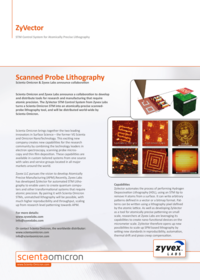
ZyVector: STM Control System for Lithography
Scienta Omicron and Zyvex Labs announce a collaboration to develop and distribute tools for research and manufacturing that require atomic precision. The ZyVector STM Control System from Zyvex Labs turns a Scienta Omicron STM into an atomically-precise scanned probe lithography tool, and will be distributed world-wide by Scienta Omicron.
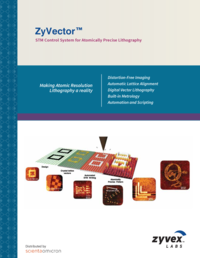
Zyvector Booklet
Zyvex Labs pursues research and develops tools for creating quantum computers and other transformational systems that require atomic precision, towards its eventual goal of Atomically Precise Manufacturing. As part of this effort, ZyVector turns the world-class Scienta Omicron VT-STM into an STM lithography tool, creating the only complete commercial solution for atomic precision lithography.
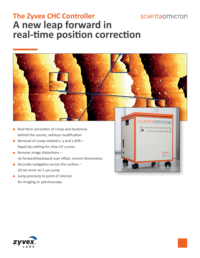
Zyvex CHC Controller
Scienta Omicron and Zyvex Labs announce a new leap forward in STM design; real- time position correction. The ZyVector STM control system from Zyvex Labs uses live position correction to enable atomic-precision STM lithography. Now the same live position correction technology is brought to the Matrix STM control system for microscopy and spectroscopy users, enabling fast settling times after large movements in x, y and z, and precise motion across the surface, landing and remaining at the desired location.

